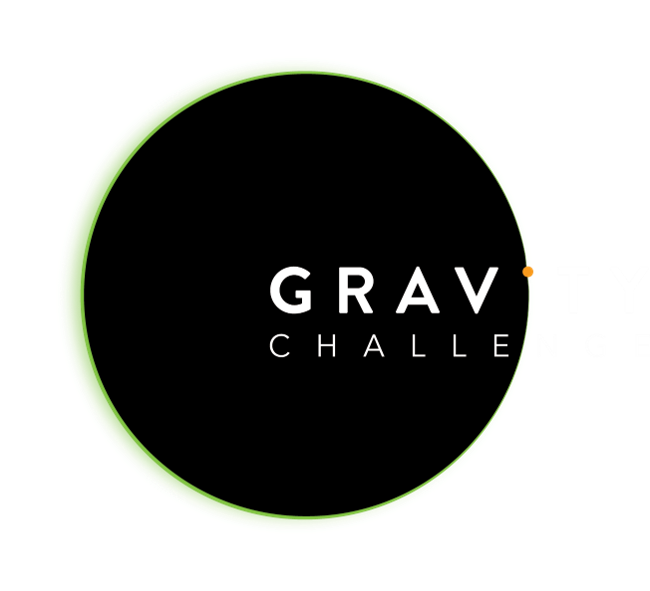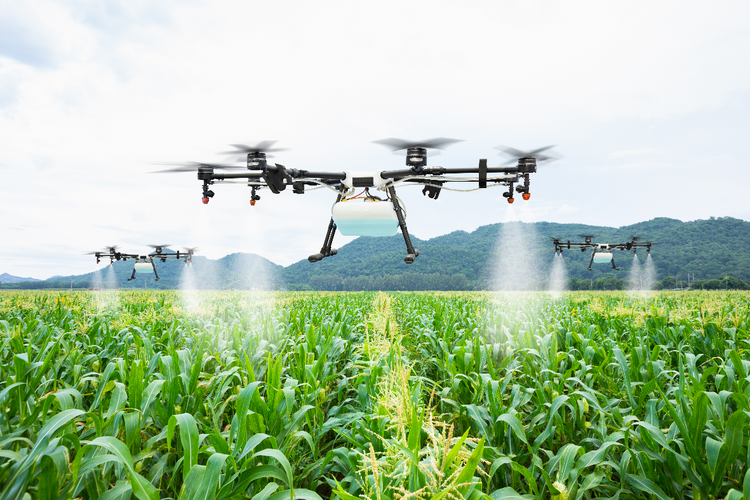
GRAVITY 04 SOLUTIONS
& AWARDS
GRAVITY 04 Award Winners
The Australian Space Agency - UK-Australia Space Bridge GRAVITY Award
The AgriFutures - Down to Earth GRAVITY Award
Challenge Champions
Department for Infrastructure and Transport
Assessing road state in the space state.
Innovator (1):
Digital Content Analysis Technology Ltd
Solution:
Satellite-Enabled Road Network Monitoring & Analytics
Description:
D-CAT’s Satellite-Enabled Road Network Monitoring & Analytics solution will equip South Australia’s Department of Infrastructure and Transport (DIT) with powerful new insights from space right across the state’s extensive road network and surrounding environs. These insights have been identified by DIT as offering improvements to road maintenance and planning activities, as well as providing increased awareness and responsiveness to environmental (e.g., flooding) and other changes on the network.
The project will initially develop a Proof of Concept (PoC) over a period of 3 months focused on monitoring and reporting those sections of the road network potentially requiring maintenance or further inspection, and provide data insights to assist the planning of future road maintenance. Commercial and free satellite imagery will be used together with a number of D-CAT’s existing on-demand monitoring, reporting and verification (MRV) services to evaluate results and full implementation options.
Over the following 6 months DIT’s first satellite monitoring service will be prepared to go live and start delivering operational benefits to the maintenance, planning and analytics teams within the department. Further satellite insights will also be trialled in this period and put into service through a third project phase of 6 months once benefits to road condition monitoring have been established.
By the end of the project, DIT will have become an exemplar for their use of space data to best manage, maintain and expand their road network. They will have evaluated a wide range of MRV services, including some cutting-edge AI technologies and new satellite data sources, and have implemented services best suited to their budgetary and performance needs.
Innovator (2):
Solution:
Spottitt Pavement Condition Check
Description:
This is an exciting co-development opportunity for Spottitt and DIT South Australia to develop a satellite based, remote, scalable, high frequency pavement health monitoring solution with an estimated per km monitored cost <30% of the cost of current state of the art survey vehicles. Building on US research that has shown a correlation between the brightness of SAR satellite imagery and the International Roughness Index (IRI) of roads, Spottitt and DIT have been working closely to verify and build on the application of this research to Australia.
The benefits of the envisioned solution include:
• Get full, remote, digital network condition coverage without the CO2 footprint of fleets of vehicles.
• Transition away from schedule to condition and rate of change based, field surveys.
• Responsive and quick condition data in 72 hours from imagery request.
• Catch onset of condition change and save money by making earlier small interventions.
The NatWest Group
Helping businesses transition to a net zero economy using space data.
Innovator:
Digital Content Analysis Technology Ltd
Solution:
Tailored Customer Climate Data for Net Zero Journeys
Description:
D-CAT’s Tailored Customer Climate Data for Net Zero Journeys solution creates new data insights for NatWest Group over a phased twelve-month project.
The project will initially develop a Proof of Concept (PoC) focused on NatWest Group’s agriculture clients, with much of the capability having direct relevance to the bank’s other priority industry sectors. In the PoC we will evaluate three of D-CAT’s existing on-demand monitoring, reporting and verification (MRV) data services enabled by D-CAT’s proprietary automated Fusion Platform® cloud service processing environment. The selected MRV services will be focussed on key agriculture activities and the evaluations will be made against identified performance and cost criteria. In the following two phases, six further MRV services will be evaluated and made available for full-scale business operation as required by NatWest Group.
At the end of the project, NatWest Group will have taken a significant step in capturing new satellite derived insights to support their clients on their net zero journeys. They will have evaluated nine specific MRV services that will be ready for use across the bank’s operations. Importantly, the project constantly assesses the affordability and performance trade-offs that new types of satellite data can offer, as well as the choices between on demand services per bank customer, or the provision of bulk data services that deliver insights across UK regions.
This project is a significant step in evaluating and proving that new satellite data can support NatWest Group’s leading position as the bank that is creating unique insights to directly support their customers on the journey to net zero.
Statistics Canada - Construction
Mapping Municipally Approved Land for Development
Innovator:
Solution:
Using Super Resolution on Sentinel 1 and 2 to Map a Large Geographic Area for Quick Identification on New Construction
Description:
Latitudo 40 responded to the challenge by fielding its innovative AI/ML-based super-resolution (10mt - 1.5mt) algorithm applied to Sentinel 2 images capable of delivering:
(a) continuous land analysis
(b) strong reduction in the cost of service (>80%)
(c) global coverage.
To the super-resolved images, we applied our automatic change detection algorithm on the territory to offer an integrated solution to the challenge needs. The problem of cloud cover is an issue that could limit the use of our technology, which is why we initiated during the challenge the study of a super-resolution model also on Sentinel 1 (SAR) All services will be delivered through APIs for easy integration into the operational scenario of Statistic Canada and any other B2B customers.
Whale and Dolphin Conservation
Kickstarting a Blue Revolution: saving the whales, the ocean and the world.
Innovator:
Solution:
SPACEWHALE- Mapping Whales from Space Using Satellite Imagery and Artificial Intelligence
Description:
Whales play an important role in carbon cycling and their conservation is thus part of nature-based solutions to the climate crisis. However, many key questions are not answered yet: For example, what is the abundance and distribution of large whales in specific ocean regions? And do they migrate through them, use them all year long, breed there, or simply stop by to feed?
Monitoring whales using satellite imagery can go beyond the boundaries that traditional methods present and thus fill these knowledge gaps. Therefore, BioConsult SH and HiDef Aerial Surveying Ltd developed the service SPACEWHALE. SPACEWHALE uses very high-resolution satellite imagery with a resolution of 0.31 m per pixel. It takes a “snapshot” of the ocean area of interest and can capture very large and remote areas almost instantaneously. Collected satellite imagery is first analysed by an automated deep-learning algorithm. Once the automated process is complete, a large team of expert reviewers validates the algorithm results to ensure that all objects are correctly classified and that whales are not confused with other objects such as boats, rocks, waves, or foam.
We applied to the WDC Challenge as we think that in particular studies of SPACEWHALE can serve as a basis for the designation of Marine Protected Areas and thus contribute to an important step in marine conservation. The satellite methodology has the potential to lift conservation to another spatial level which is to be replicated over the world’s oceans.
Challenge Finalists
Mitsui Sumitomo Insurance Company
Removing the bottleneck: On-the-spot natural disaster payments by utilising satellite images.
Innovator:
Solution:
AI, SAR & Hydraulics for Fast and Accurate Flood Depth Estimation
Description:
Rexy.ai is a space tech startup developing platform for AI on satellite and UAV images. Our mission is to empower organisations to unlock the full potential of satellite images. Challenge put forward by Mitsui Sumitomo Insurance (MSI) resonates with our view of how satellite images can bring value, security and control in a person's most vulnerable times. Satellite images analytics can help humanity mitigate the impact of natural disasters and get help faster where and when it’s needed by dramatically reducing the insurance claims turnaround time.
With this vision in mind, we have developed a ground-breaking solution for estimating inundation height and extent. It combines hydrodynamics data and satellite images analytics in one AI model to achieve the maximum accuracy and processing speed. To our knowledge, this is the only solution offering the best of two worlds and it will become even more valuable with time as more data is collected and the frequency of SAR images increases.
NatWest
Helping businesses transition to a net zero economy using space data.
Innovator (1):
Little Place Labs
Solution:
Measuring Carbon Profile and Identifying Suitable Carbon-Reduction Products using Space Analytics
Description:
Climate change is one of the most urgent challenges. In order to meet the many ambitious goals and targets to reduce the carbon impact and get to net-zero, we need innovative solutions that would allow everyone to play a part. NatWest, as a leading bank in the UK with a large and diverse portfolio, has committed to help their clients in joining the net-zero movement.
Little Place Labs proposed a scalable platform which combines satellite data with ground based datasets (qualitatively and quantitatively), along with our advanced machine learning applications, to create, update customer climate profiles and generate actionable analytics quickly (some in near-real-time). Such analytics can help NatWest efficiently identify what products and services can be offered to their customers. For example, suitability to introduce renewable assets to the customer? Or quickly understanding damages and impact to customers’ assets and businesses (i.e. NatWest’s collateral) post natural disaster events.
The goal is to achieve optimal deployment of capital and capacity, better risk management, and generate the largest impact in the net-zero transition. In enabling and assisting their clients to take suitable and meaningful climate actions, NatWest can create long-lasting positive, climate and financial impact.
Innovator (2):
Space Intelligence
Solution:
Using Space Data to help NatWest’s Agricultural Customers Transition to Net-Zero
Description:
Space Intelligence’s solution uses space data to support NatWest both in developing emissions profiles and in providing sustainable decision-making support to their agricultural customers. Our solution is three-fold, with the first part providing maps of crop type and land cover for land owned by NatWest’s customers within the UK. These maps would allow for the automatic filling of farm-level information required for in-house emissions models and reporting, reducing the amount of measurement and manual input currently required by NatWest’s customers. Our maps could also be used to verify crop type and land use with customers.
The second part of our solution provides insight into farm performance, by using satellite data to assess e.g., crop health and productivity, damage after storm events or pest infestations, and drought and moisture. Provided on a farm-by-farm basis, this information allows for meaningful discussions with agricultural customers, and for potential suggestions of more sustainable practices. The final part of our solution is opportunity mapping for alternative uses of unproductive farmland.



